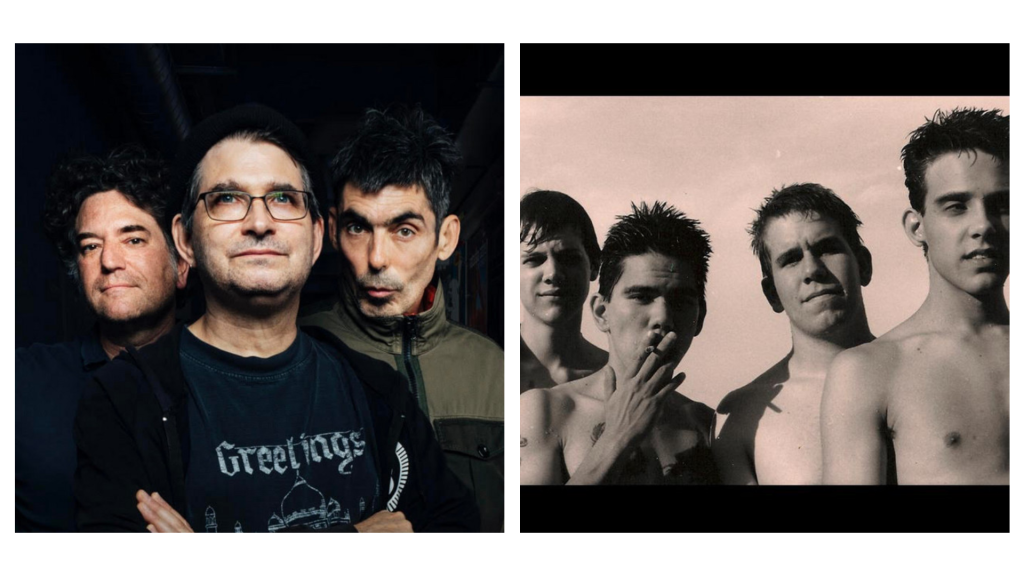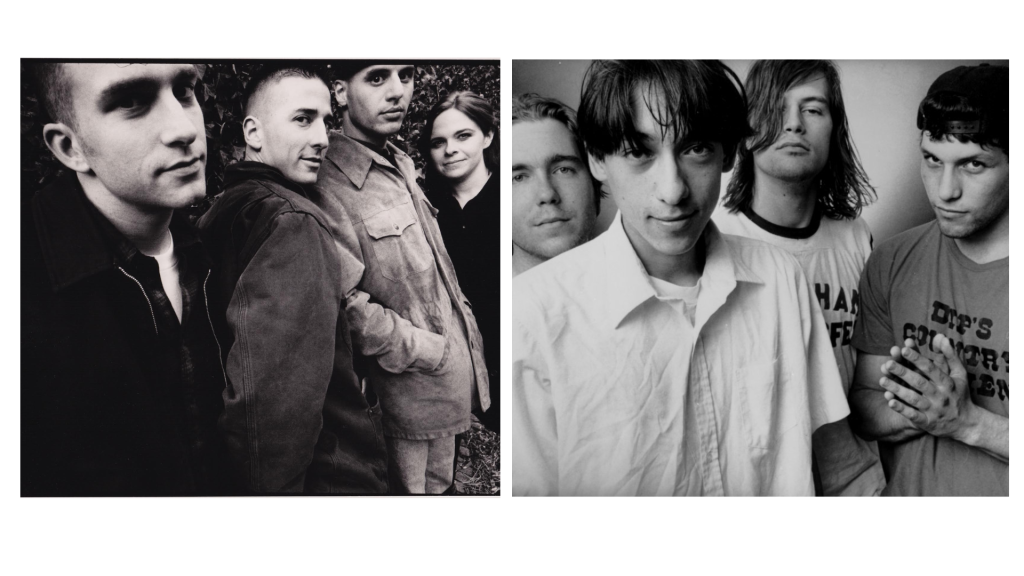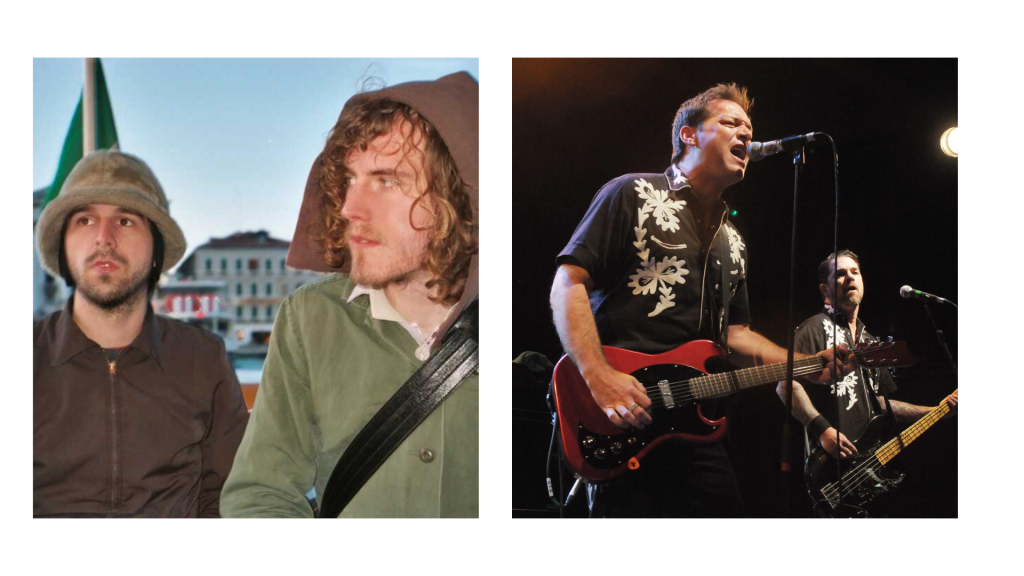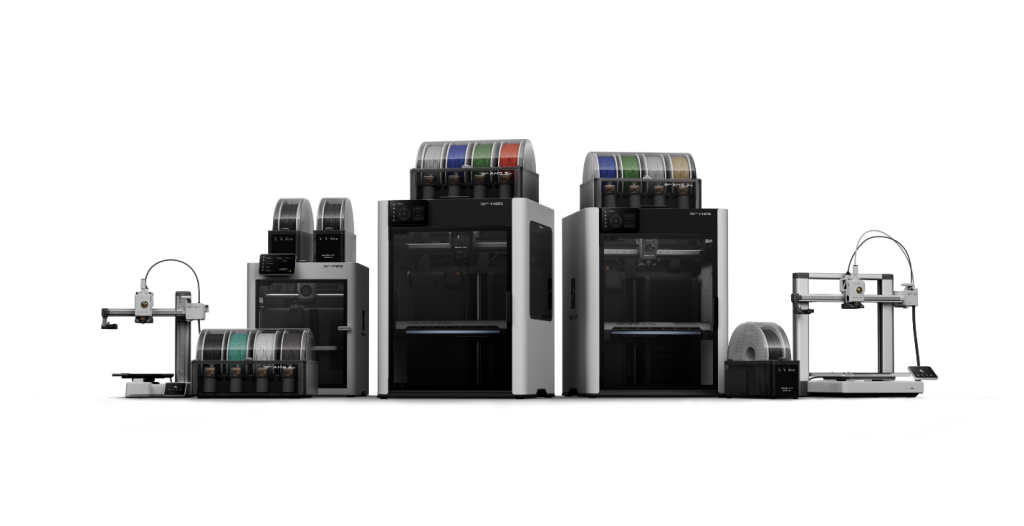Picture a tune that plays with your mind. It does not go straight but skips and flips in ways you do not expect.
That is math rock. It avoids common music paths, which makes it feel fresh and smart. These sounds do more than make you move. They challenge you.
Ever heard a beat that felt strange but somehow right? Or a guitar riff that sounded like a secret code? Then you may have already heard math rock. Let us now take a closer look at this clever kind of music.
What is Math Rock?
Math rock is a style of rock music that likes to play with sound in clever ways. Instead of using the same beat over and over, it mixes up timing, rhythm, and structure.
The songs can feel like puzzles. Each part fits, but not always in the way you would expect.
This music is full of twists and surprises. It is not about being loud or simple. It is about being sharp, detailed, and thoughtful. And despite the name, you do not need to be good at math to enjoy it.
Main Features of Math Rock
Math rock blends brainy rhythms, expressive instruments, and ever-shifting sounds into a genre where emotion, surprise, and complexity replace traditional song structure and spotlight.
- Unusual Rhythms: Math rock often uses counting patterns like five or seven beats instead of the usual four. These odd patterns make the music feel playful, smart, and unpredictable.
- Creative Guitar and Drums: Guitars in math rock do not just strum chords. They tap, slide, and jump between notes quickly. Drums do not follow a set pattern but shift around, leading the song instead of just keeping time.
- Blended Vocals: Singers often blend into the background rather than standing out. This makes the music feel layered and smooth, with instruments taking center stage.
- Frequent Changes: Math rock songs often change direction, speed, or mood. These shifts happen suddenly but feel natural, keeping the listener alert and engaged.
- Feelings Through Instruments: Instead of using lyrics to express feelings, math rock uses sound. The way instruments are played shows emotion, whether it is calm, tense, or full of motion.
Where Math Rock Came from: A Short History
Math rock emerged in the late 1980s as a reaction to the simple patterns of traditional rock music. It began in small music scenes in the United States and Japan. Over time, it mixed with other styles and grew into a global sound.
Midwest, United States

Cities like Chicago, Louisville, and Minneapolis helped shape early math rock. Bands like Shellac and Slint used quiet and loud changes and odd rhythms. The mix of punk and experimental sounds from these cities created the foundation for the genre.
East Coast, United States

On the East Coast, cities like Washington, D.C., and Chapel Hill introduced new influences to math rock. Groups like Jawbox and Polvo combined punk and indie elements with math rock’s complex guitar work and offbeat timing, adding fresh energy to the scene.
West Coast, United States

Seattle, Los Angeles, and San Diego brought a bold and energetic edge to math rock. Bands such as Drive Like Jehu and Hella amplified the intensity by making the music louder and more playful, giving the genre a wilder, more powerful character.
United Kingdom

In the UK, math rock evolved into a smoother and more emotional style. Bands like TTNG and Foals focused on clean guitar melodies and thoughtful lyrics. While the intricate rhythms remained, the music became more accessible and melodic, reaching a broader audience.
Japan

Japan’s math rock scene is celebrated for its bright, precise sound and high technical skill. Bands like Toe and Tricot play fast rhythms with clean guitar tones and tight coordination. Their music balances emotional expression with exact performance, making their style distinct and admired worldwide.
How Math Rock Is Different from Other Genres
Math rock stands out because of its unusual rhythms and sharp changes. While it shares some features with other music types, it has its own clear voice.
| Feature | Math Rock | Progressive Rock | Emo or Post-Hardcore |
|---|---|---|---|
| Rhythm | Very odd and complex | Complex but smooth | Simple but intense |
| Structure | Short, sudden parts | Long, flowing pieces | Verse chorus style |
| Sound | Clean, sharp, often no vocals | Rich and full | Raw, emotional singing |
| Emotion | Comes from instruments | Often big and dramatic | Deep and personal |
| Mixing With Others | Blends with emo or post hardcore | Share details with math rock | Shares energy with math rock |
Bands and Albums that Define the Sound
Math rock is characterized by numerous bands known for their distinctive sound and skillful playing. Here are some famous math rock bands along with their notable albums:
- Giraffes? Giraffes! – More Skin With Milk-Mouth
This band plays fast and loud music without singing. Their songs have sharp guitars and tricky rhythms that feel exciting. - Chon – Grow
Chon mixes math rock with jazz sounds. Their music is smooth and happy, with lots of fast guitar playing. - Covet – Effloresce
Covet’s music is calm and pretty. The guitars play soft and clear notes, making songs that feel full of feeling. - American Wrestlers – Goodbye Terrible Youth
This band blends math rock with indie music. Their songs have catchy tunes and layered guitar sounds. - Lite – Multiple
Lite is from Japan and plays clean, fast music. Their songs are full of energy and smart guitar work. - Mice Parade – What It Means to Be Left-Handed
Mice Parade mixes math rock with calm, slow music. Their songs have many layers and changing rhythms. - Mouse on the Keys – An Anxious Object
This band mixes piano with math rock. Their music has many changes and feels lively and fresh. - Polyphia – Renaissance
Polyphia combines math rock with modern styles. Their guitar playing is very skilled and their songs are catchy. - Don Caballero – What Burns Never Returns
Don Caballero is known for fast, complex music without vocals. This album shows off their rhythmic skill. - Battles – Mirrored
Battles use fun electronic sounds with tricky beats. Their songs are full of energy and creative touches. - American Football – American Football
This band uses soft singing and pretty guitar work. The album feels warm and emotional. - Tera Melos – Patagonian Rats
Tera Melos makes fast changing, energetic music. Their songs are full of rhythm twists and bold ideas.
Why People Like Math Rock
People like math rock because it is different. The songs change often, and the music feels alive and smart. Musicians enjoy the challenge, and listeners enjoy the surprises.
It is the kind of music you can think to or just enjoy for its sound. Some parts feel peaceful, while others are full of power. There is always something new to hear.
Want to Try Math Rock?
If you are new to math rock, start with albums like American Football’s self-titled album or Toe’s For Long Tomorrow. They are easy to enjoy and show the heart of the genre.
You can find math rock on Bandcamp, YouTube, or Spotify. There is something for everyone, whether you want music to relax, to study, or to hear something new and smart.
Math rock might seem tricky at first, but that is part of the fun. It is music that plays with rules and creates something special.
Frequently Asked Questions
What Tools do Math Rock Bands Play With?
They mostly use guitar, bass, and drums in their songs.
Does Math Rock Mix With Other Music Styles?
Yes, it often mixes with rock, punk, or indie music.
Why do Math Rock Songs Sound Tricky or Strange?
They use odd beats and change rhythms in surprising ways.





















